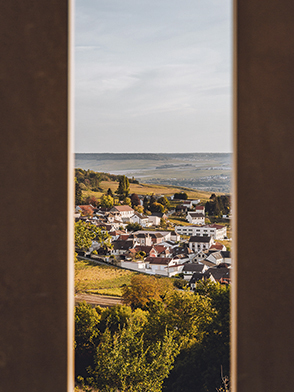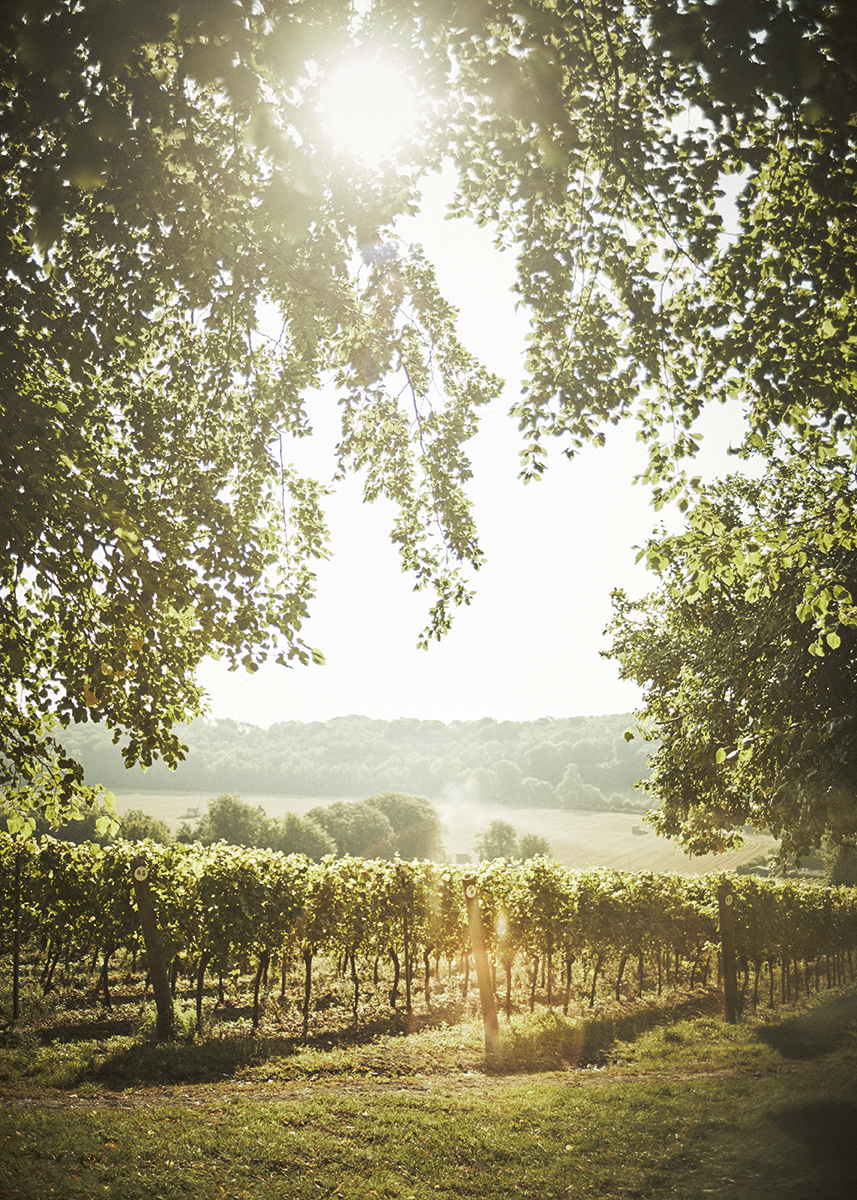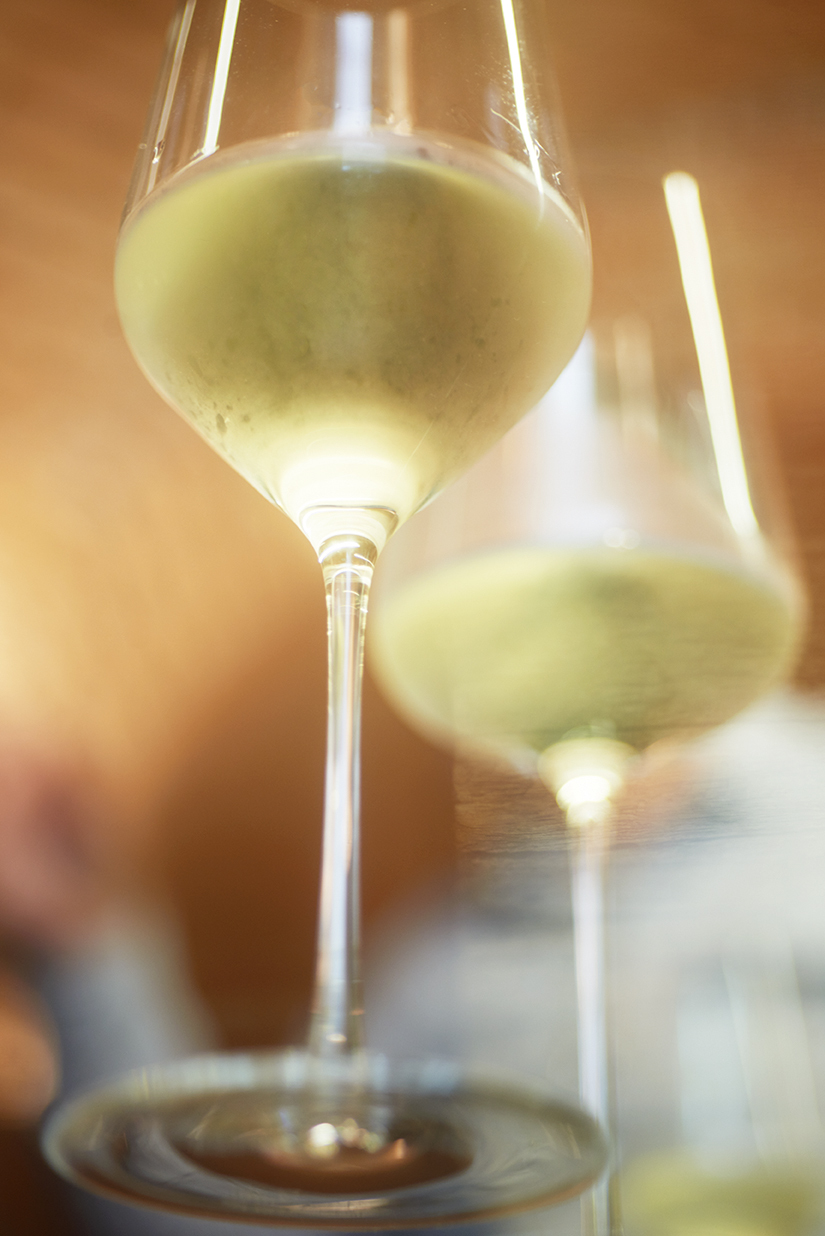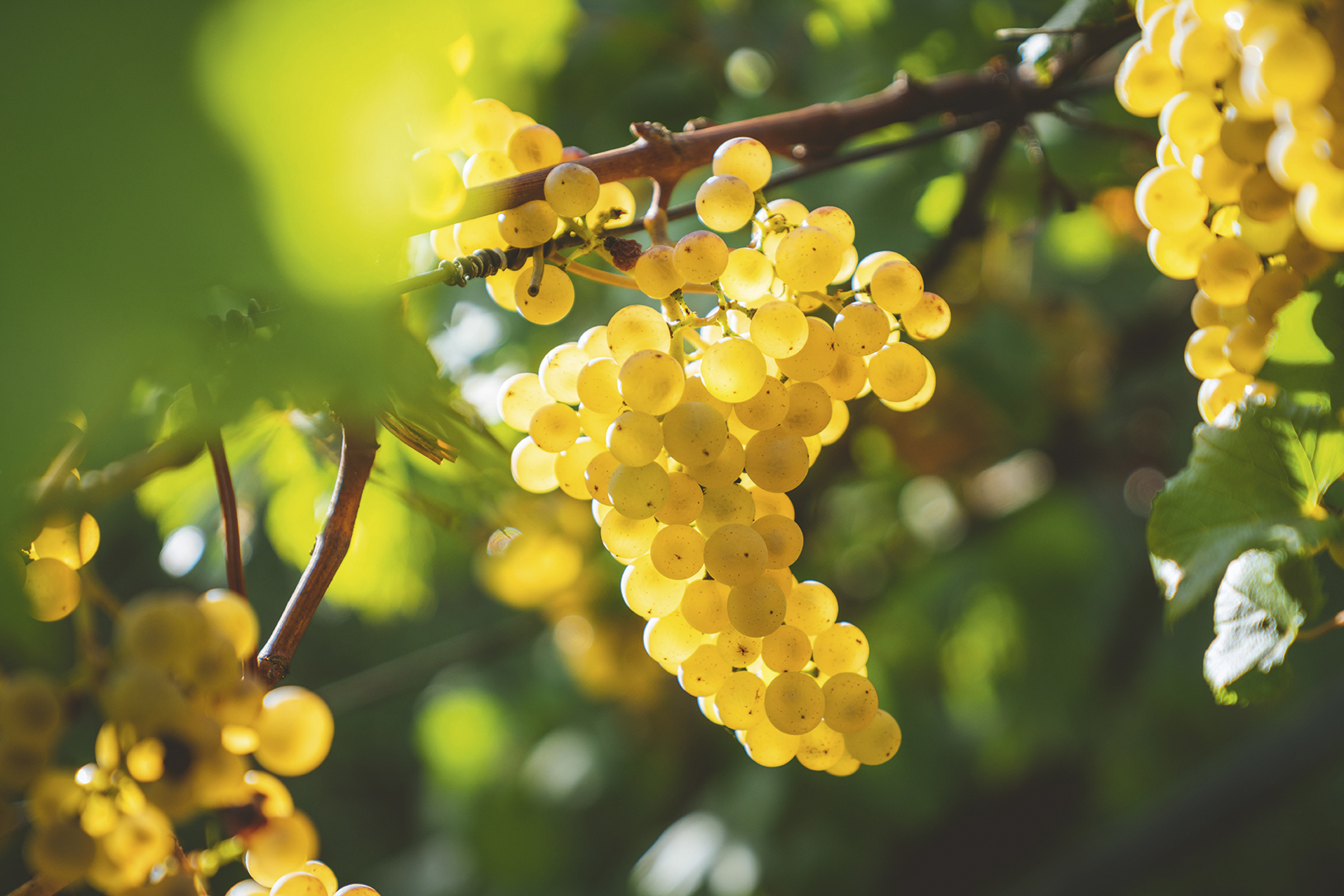USA
The Norsemen who arrived in North America in 1,000AD called their new territory ‘Vinland’ on account of the 20 different species of vine that are native to the craggy Atlantic coast of the north-eastern States and Canada. Today, the USA is the world’s fourth largest wine producer (behind Italy, Spain and France) and around 80 per cent is produced in California, with premium wine production focused on counties north of San Francisco, where inland mountains shield vines from the cool California Ocean Current. New York and Washington are the two other states making significant quantities, and Oregon, although producing less, has an impressive number of wineries.
Napa is home to the most famous Californian wine estates, such as Stag’s Leap, where in late September guests can have a hands-on experience of the harvest with winemaker Marcus Notaro before sitting down to an alfresco lunch paired with the estate’s wines. From £148.
Washington has a similar climate and landscape to California, and Walla Walla, in the south-east corner of the state, is fast becoming the capital of its wine scene, with 150 wineries to explore. Each November, the Walla Walla Fall Weekend allows visitors to sample newly released wines and talk to the people who made them.
New York’s wine production is focused on the Finger Lakes, five hours’ drive north-west of New York City, so-called because the 11 glacier-age lakes look like a pair of hands from above (the Native American Iroquois believed the land bore the handprint of a divine spirit). Each has its own microclimate, with shores lined with woodland that turns every shade of red in autumn, and historic towns and vineyards famous for late-ripening rieslings.
The course The Napa Valley Wine Academy offers courses ranging from Monday blind tastings and ‘Hedonistic Wednesdays’ to WSET (Wine & Spirit Education Trust) Levels 1-4, and expert-led masterclasses, involving tutored tastings of some of the world’s most prestigious wines. 1-hour blind tasting, £33. 00 1 855 513 9738, napavalleywineacademy.com
The restaurant Winery-restaurant Valdemar Estates in Walla Walla, close to the Oregon border, serve tapas reflecting the vineyard’s ownership by a fifth-generation Spanish wine-making family. Expect Galician octopus with smoked paprika and stuffed Piquillo pepper, paired with chardonnay, roussanne and cabernet sauvignon. Tapas from £8. 00 1 509 956 4926, valdemarestates.com









